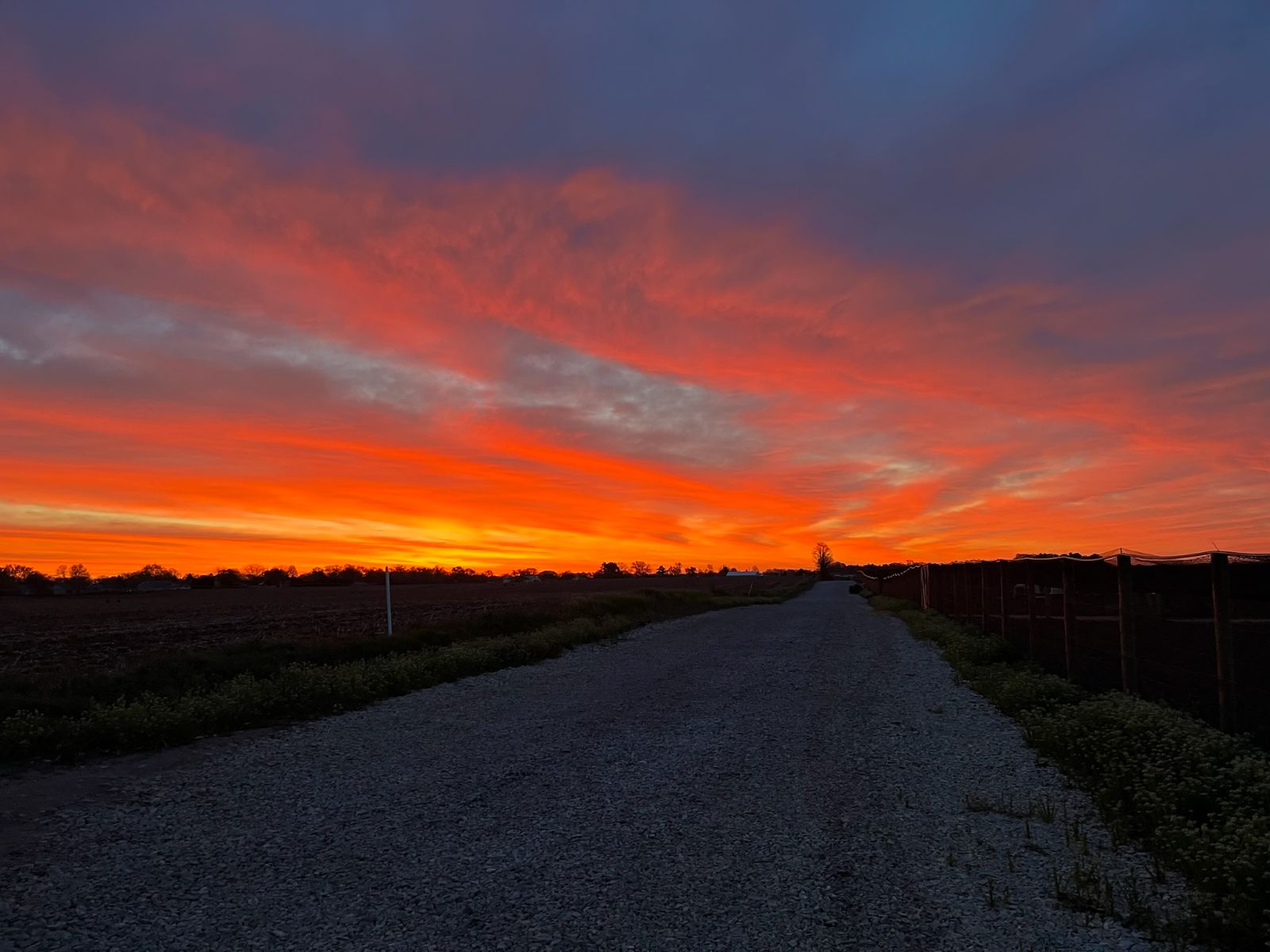
A Journey of Expansion: Jim Clark’s Legacy & Our New 16 Acres of Pheasant Pens
At MacFarlane Pheasants, we pride ourselves on growth and innovation. Recently, we completed a significant expansion with the construction of 16 acres of new pheasant pens. This project is not just a testament to our commitment to improving our facilities but also a celebration of the incredible expertise and dedication [...]
Read Post
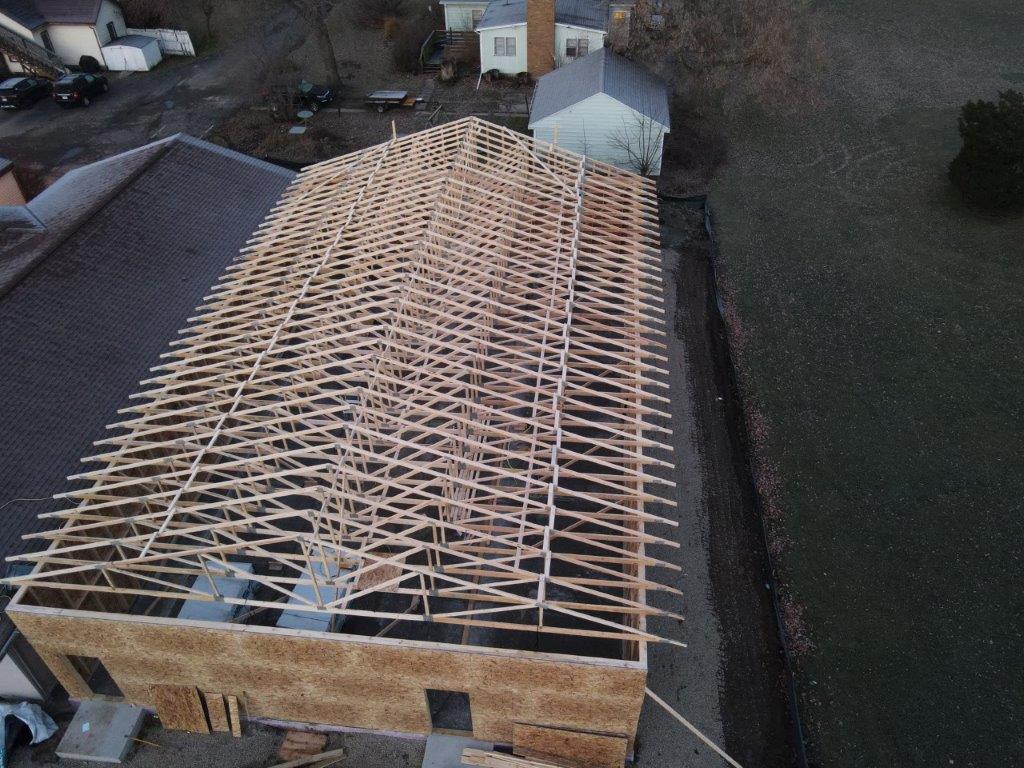
MacFarlane Pheasants is Busy Making Improvements
We have been busy reorganizing our buildings at MacFarlane Pheasants since the sale of property at what we called our "Main Farm." We plan to complete our moves by December 31, 2023. Our main office in Janesville, Wisconsin, has already moved to 1609 Center Avenue. Please send all office mail [...]
Read Post
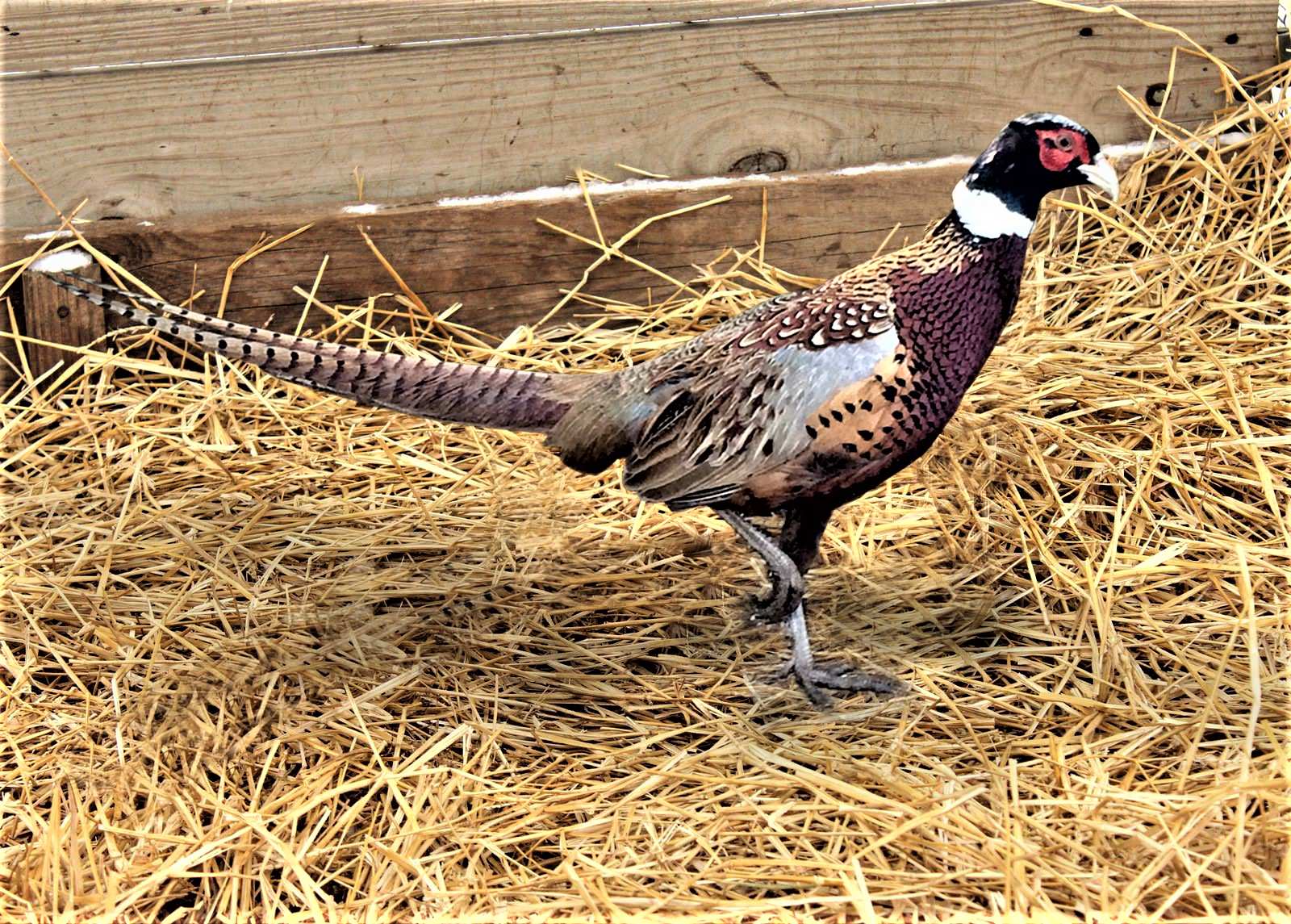
Gamebird Industry Risks
The gamebird industry is changing in significant ways due to the many risks that are involved in raising birds. The economy, weather and the Avian Influenza outbreaks that have happened throughout the world In the past five years have impacted the gamebird industry in many ways. Gamebird producers have witnessed [...]
Read Post
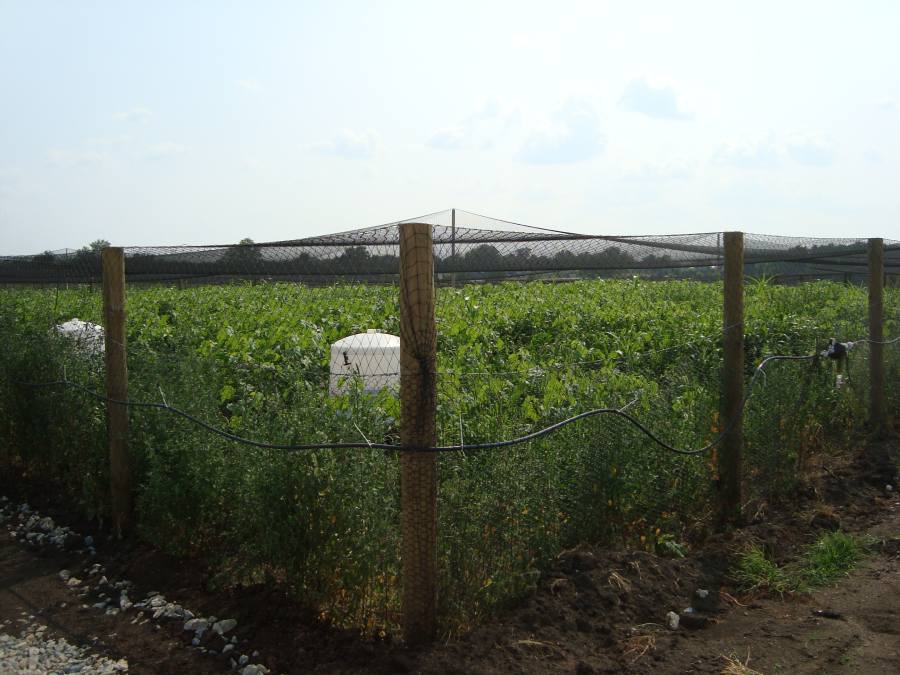
New Flight Pens
New Pen Construction Project Timeline We announced in an earlier post that we sold the 175 acres that currently contain about 20% of our flight pens. We also have barns, offices, and a maintenance shop on this site that will be at a new location by December 31, 2023. We [...]
Read Post

The Miller Farm
MacFarlane Pheasants raises pheasants in Wisconsin, Missouri, and South Dakota. The South Dakota farm is leased and we call it the Miller Farm. It is located about 10 miles outside of Miller, South Dakota. The farm was a pheasant production facility when we started using it. The owner contacted MacFarlane [...]
Read Post
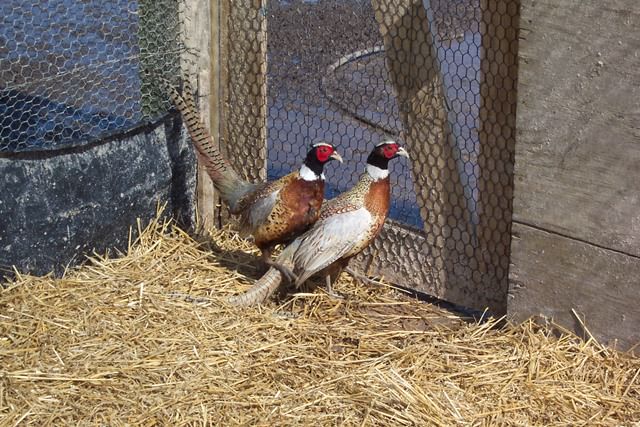
Our Friends From South Africa Settle In At MacFarlane Pheasants
Dillon Seamster is the Process Crew Manager at MacFarlane Pheasants. He has been with us a little over three years. At this time of year, he is very busy getting peepers placed on all our young birds and getting them placed in pens to grow to maturity. His crew is [...]
Read Post
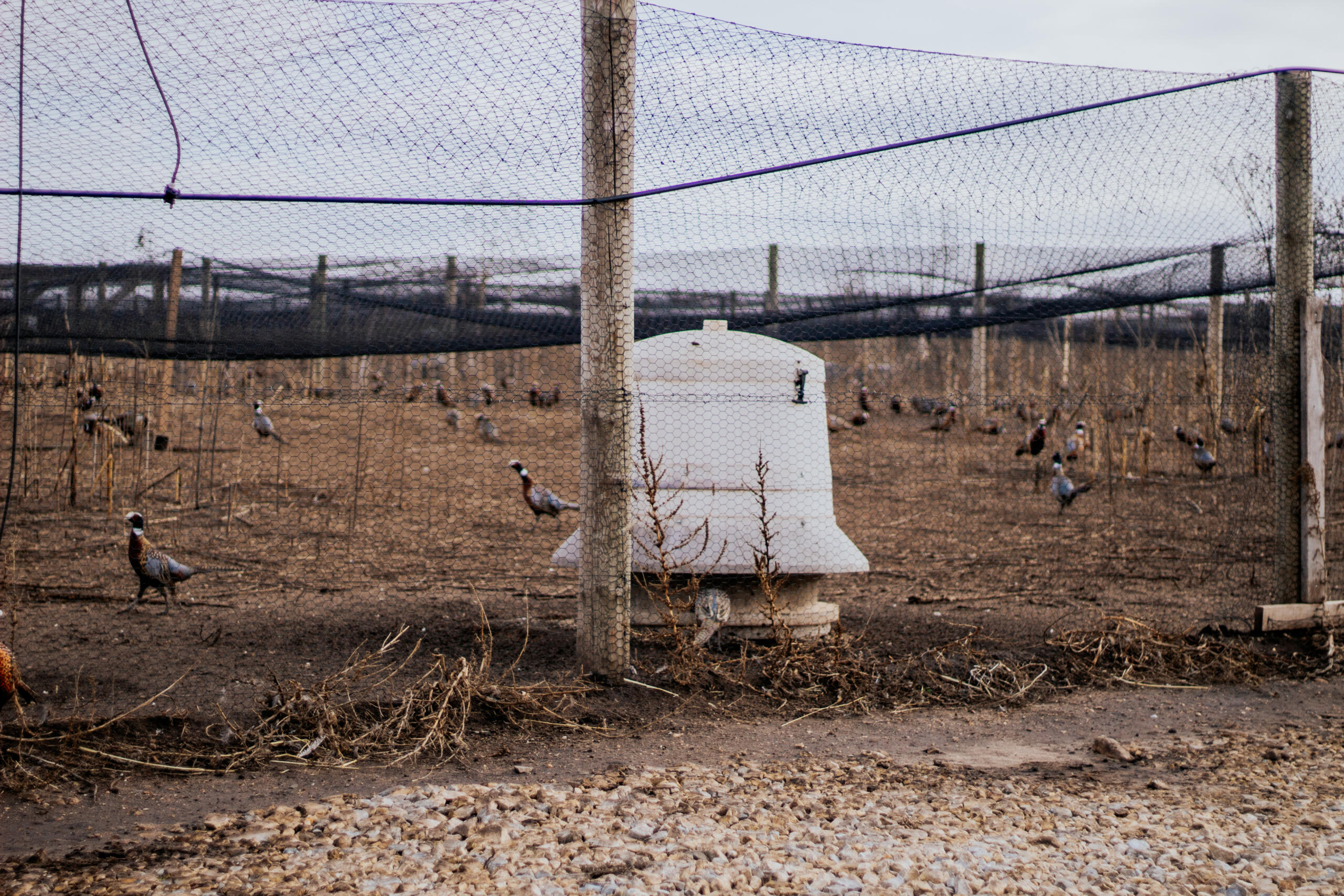
There is More to a Flight Pen Than Meets the Eye
Flight pens are an investment in the protection of game birds. The main purpose for the time and money put into flight pens is to keep game birds in and predators out. It sounds very simple, but in addition to building the pens, the process isn't complete until you learn [...]
Read Post
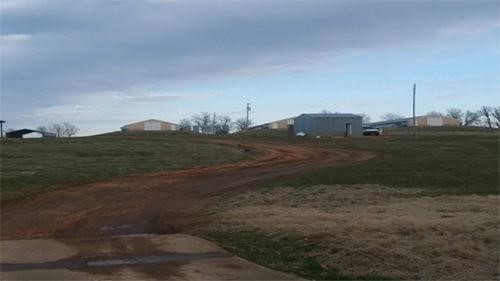
Free Flight Pen Construction Manual
Our managers and employees at MacFarlane Pheasants are highly trained and experienced with all facets of pheasants care. They all contribute information, used by our customers, to care for game birds they purchase for their own game bird operations. This information comes to you in the form of manuals and [...]
Read Post

10 Ways To Get the Most Out Of Brooder Barns
MacFarlane Pheasants has 9 barns on our Janesville, Wisconsin farm and 2 barns in Milton, Wisconsin. The barns range in size from roughly 4,000 square feet to 15,000 square feet. These barns are obviously an enormous asset and we have to be sure they are cared for accordingly. About 500,000 [...]
Read Post
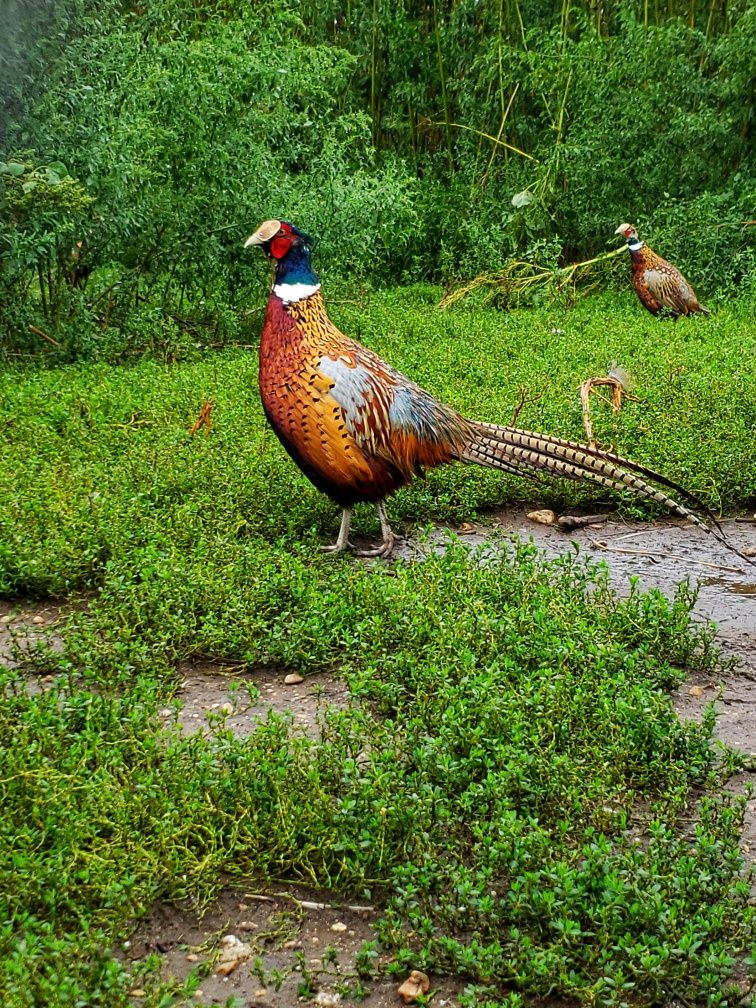
Secret to a Successful Business Plan
MacFarlane Pheasants, Inc. didn’t get to be so successful without a plan. We began by developing core values, followed by a mission for our business and careful communication with every employee on the farm. We believe our plan can effectively help any business owner get on the right track toward [...]
Read Post
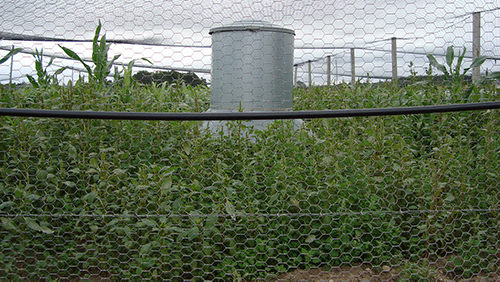
How To Construct Durable Pheasant Flight Pens
One of the biggest investments you make on a game bird farm is flight pens. If you are buying birds from MacFarlane farms, we've got a vested interest in you succeeding, so we're not shy about sharing our flight pen plans. Remember, the main purpose of the structure is to keep [...]
Read Post

New Brooder Barn Construction
Years ago, we found ourselves in a situation of needing more brooder barn space, and lucky for us we were able to rent one within a mile of the main farm. Well, we recently were told the barn had been sold, and not only that, it was going to be [...]
Read Post
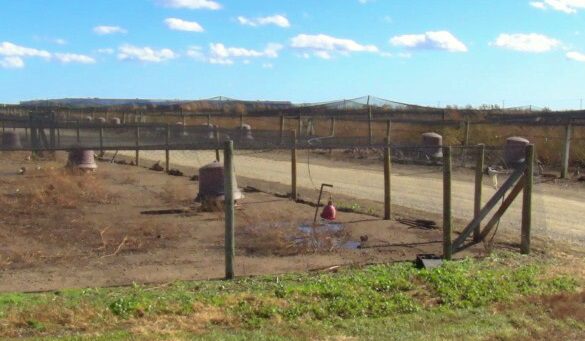
We’re building more pens
Our “main” farm (where our office is located and our maintenance shop, etc) was acquired by my dad from John Lasse in 1953. Right across the highway is another farm, purchased by my dad from John’s brother Alfred Lasse around 1957. In the 60’s and 70’s we had breeders and [...]
Read Post

We’re Raising Huns Again
We started raising Hungarian partridges around 1990. Hungarians are called Huns in the U.S. and are called grey-legged partridges in the U.K. and France. We purchased the eggs from Papsoes Wiltfarm in Denmark. We hatched the Hun chicks in our hatchery, and then raised the chicks on tables for 10 [...]
Read Post
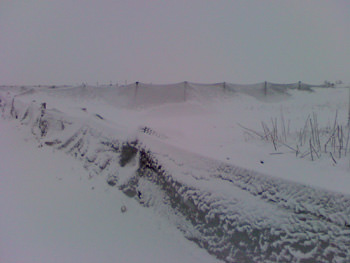
Flight Pens – Surviving a Winter Storm
This past December we experienced a blizzard that opened our eyes further, on the possible damage that a flight pen can experience. I feel obligated to pass along some tips that may help you “survive” a winter storm. Check forecasts daily. We knew this storm was coming days before it [...]
Read Post
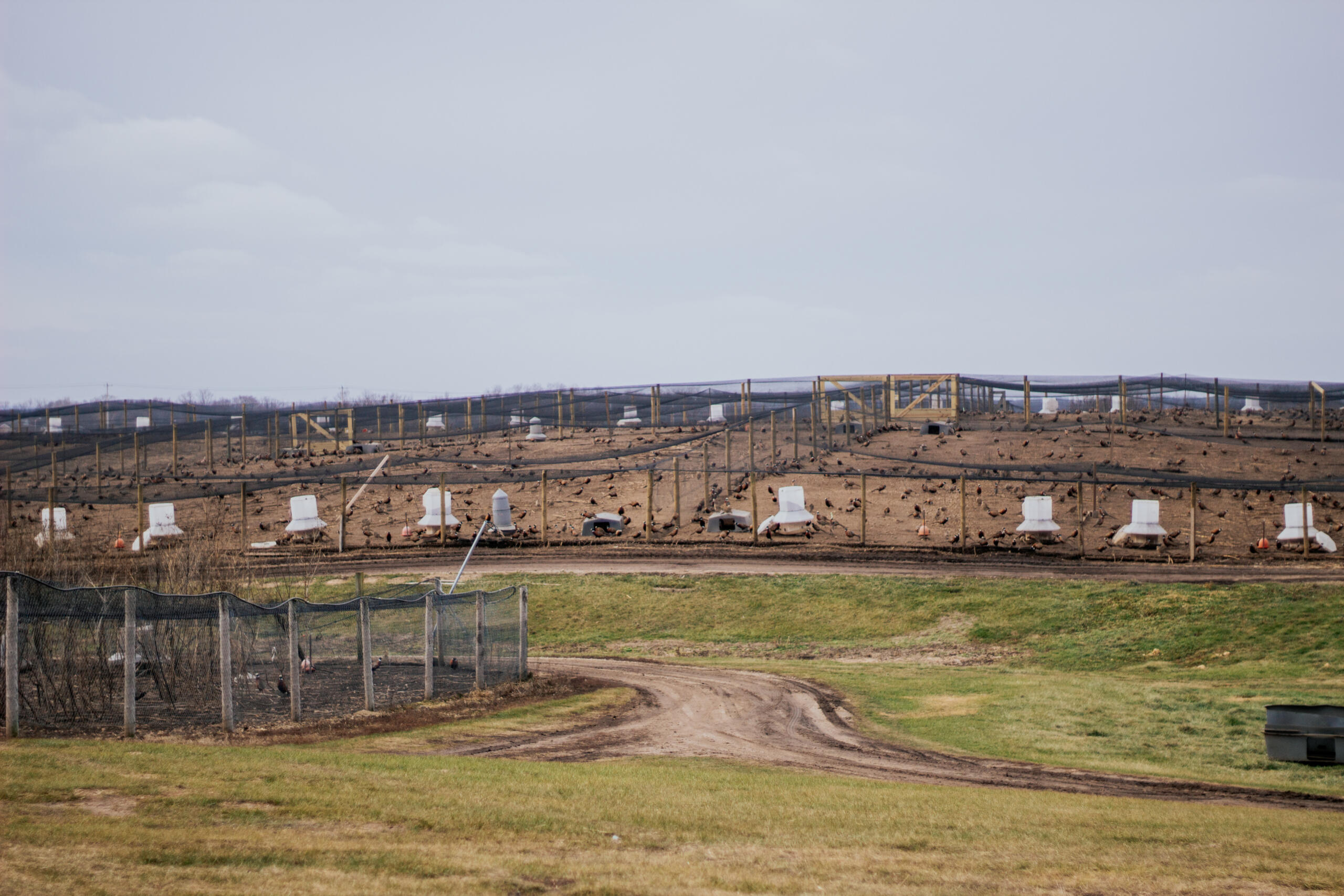
Transitioning Pheasants From Brooder Barns to Flight Pens
Transitioning pheasants from the brooder barn to the flight pen can be a difficult and frustrating experience. We have come up with a recipe, if you will, on how to properly transition pheasants to the flight pens. By following the recipe, the transition should be a smooth one. The first [...]
Read Post
Breeder Birds Get New Barns
In the first half of the 20th century, commercial pheasant farms traditionally hatched the first chicks of the season in mid to late April. Starting around 1960, my father began lighting pheasant breeders to induce our hens to lay eggs earlier. The reason my dad began to light our hens [...]
Read Post
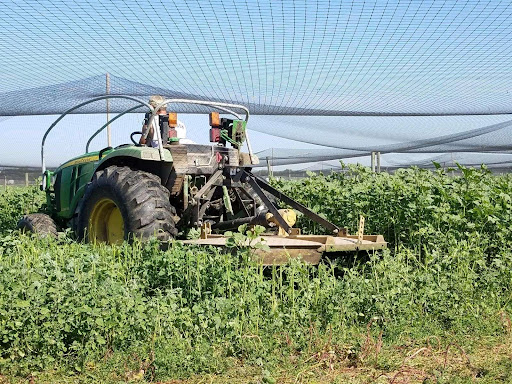
Mowing Is A Must! Pheasants Need Open Space To Get Sunlight, Warm Up, And Dry Off
At six to seven weeks of age, pheasants are moved from the brooder barn into flight pens. They live in these flight pens until they are shipped, around twenty-two weeks of age. Understanding how to manage covered pens is essential in producing a quality pheasant. Establishing cover in the pen is [...]
Read Post

